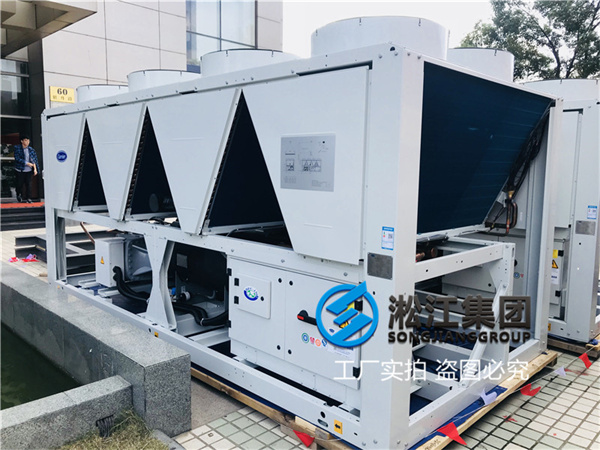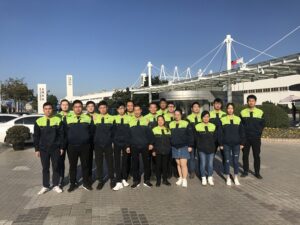How to Choose the Right Rubber Air Spring for Your Equipment?
Struggling with vibration, noise, or instability? The problem might be the wrong air spring.
Choosing the right rubber air spring involves considering load requirements, travel range, installation space, and compatibility with existing vibration isolator systems. These factors ensure efficient performance and long equipment life.
Let’s break down the selection process step by step.
What factors determine the right air spring?
Rubber air springs differ in load-bearing capacity, deflection range, and operating pressure. When choosing one, consider your equipment’s static load, dynamic motion, and required stroke. Also, check whether your existing vibration isolators align with the selected air spring for optimal compatibility.
Correct matching prevents premature wear, unstable operation, or failure. If your air spring doesn’t meet the vibration isolation requirements, it may cause resonance or reduced damping performance. Consult specifications and expert support to get the best match for your machinery.
How does rubber material affect air spring performance?
The rubber compound used in air springs significantly influences durability, temperature resistance, and flexibility. Industrial-grade air springs often use synthetic rubber like neoprene or EPDM to handle tough environments. These materials also work together with rubber vibration isolator mounts to achieve optimal damping.
Choosing the wrong rubber type can result in cracks, deformation, or stiffness. For example, natural rubber may degrade under oil exposure, while EPDM is ideal for outdoor use due to UV resistance. Always match the rubber compound with your working conditions.
What is the role of vibration isolation in an air spring system?
Vibration isolation is the key function of rubber air springs. They absorb and dampen shock waves and repetitive vibrations from rotating or oscillating equipment. In an integrated system, air springs cooperate with other vibration isolators to enhance damping and ensure stability.
Proper vibration isolation improves operational accuracy, reduces noise, and protects sensitive equipment. Ensure the air spring integrates properly with vibration isolation mounts and frames to maximize performance. Misalignment may reduce efficiency or cause failures.
How can you ensure compatibility with your mounting system?
Check dimensions, connection type, and mounting orientation before selecting an air spring. Compatibility with vibration isolation pads ensures even load distribution and simplifies installation. This reduces the risk of air leakage or structural misalignment.
Each equipment setup may use different mount styles—single stud, double stud, or plate-mounted. Matching these ensures tight sealing and full contact with the surface, avoiding energy loss or system damage. Use dimensional drawings for precise installation planning.
What are common mistakes when selecting air springs?
Many users overlook travel range, miscalculate load capacity, or ignore system compatibility. Failure to match with existing vibration isolators or vibration isolation structures may lead to instability, equipment wear, or performance loss.
Always review dynamic loading conditions, not just static values. Consult with manufacturers for support, especially when integrating with complex vibration isolation systems. Avoid assumptions based on appearance or size alone—technical specs matter most.
The right air spring = less vibration, better stability, and longer service life.
If you want to know more or get help choosing the right air spring for your equipment, feel free to contact us.






